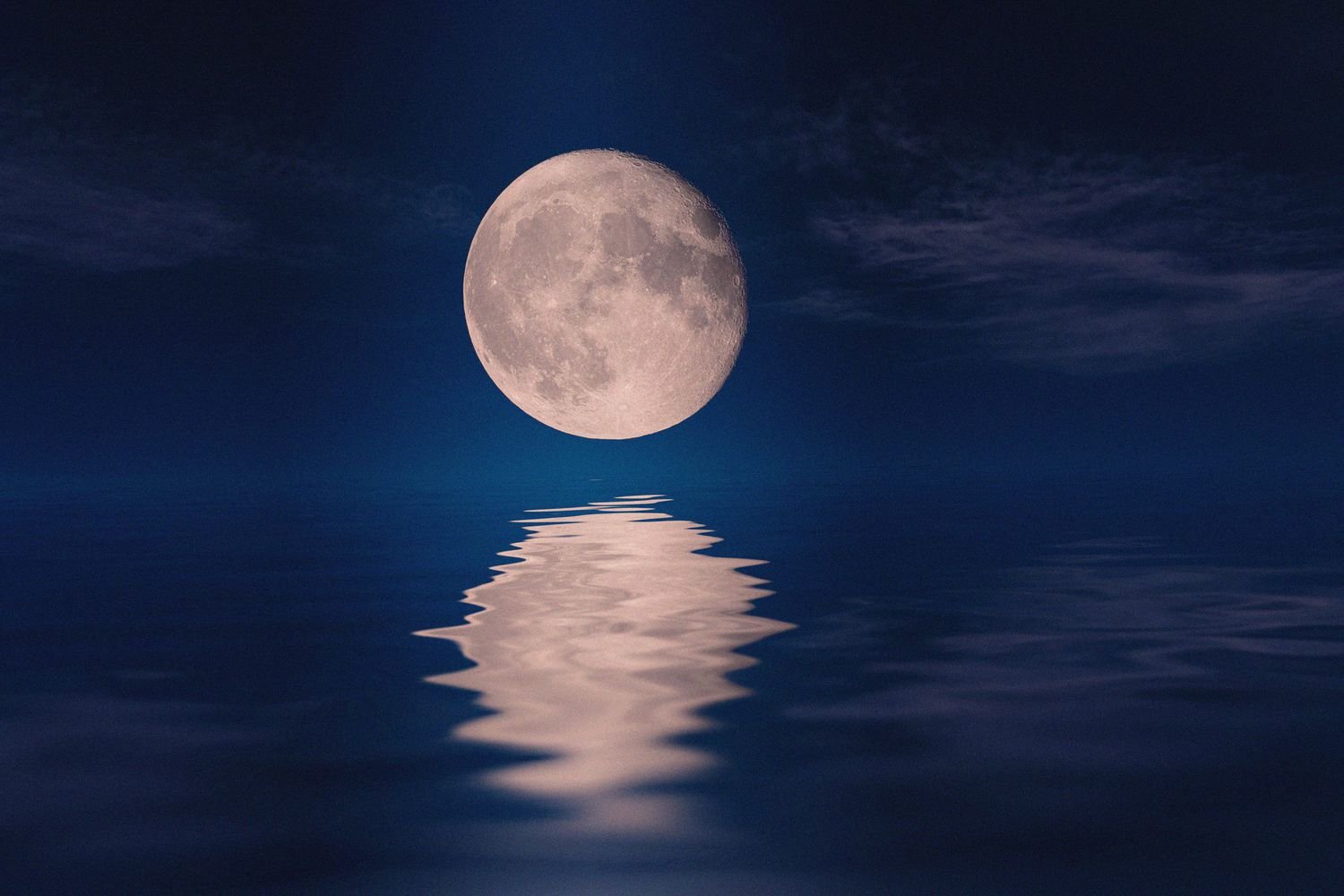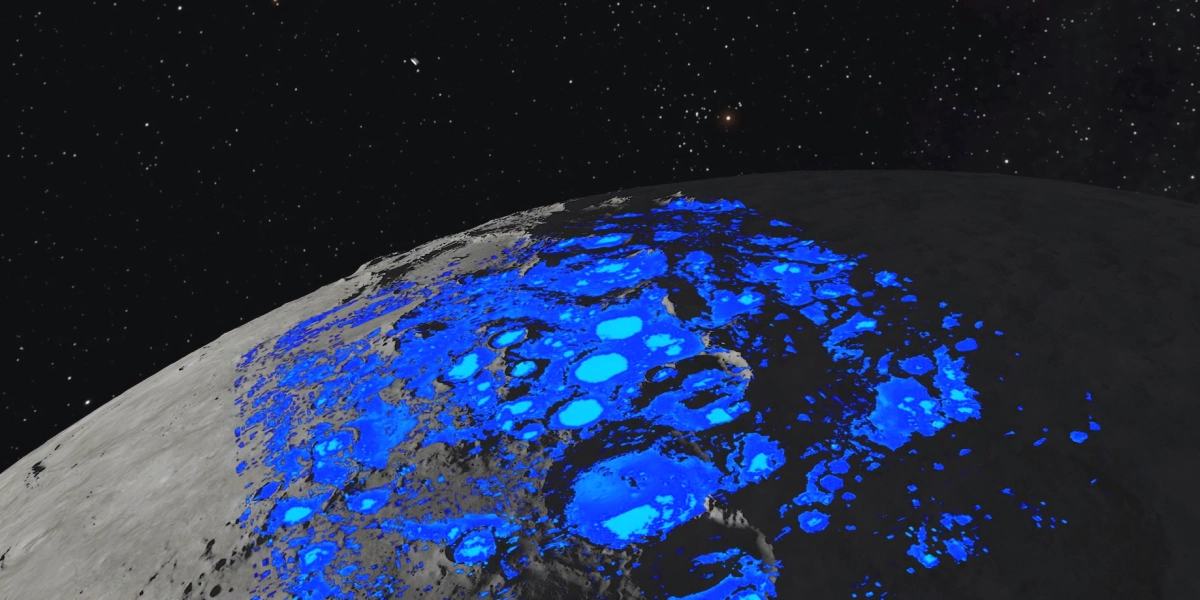According to recent research performed by planetary scientist Shuai Li of the University of Hawaii at Manoa. Earth may have assisted the Moon in obtaining water. The High-energy electrons in Earth’s plasma sheet may be helping to produce water on the Moon. According to data from India’s Chandrayaan-1 spacecraft.
The study was published in Nature Astronomy. It may offer essential details on how the Moon formed and evolved. As well as prospective resources for further human exploration. High-energy electrons are known to exist in the Earth’s plasma sheet. It is an area of the magnetosphere loaded with trapped charged particles.
Earth’s Role in the Origin of Water on Moon

It is thought that these electrons have a big impact on how the lunar surface weathers. The magnetosphere, a region of space governed by the magnetic field of the Earth. It acts as a barrier against solar radiation injury and space weathering. In the past, researchers have mostly concentrated on how high-energy ions affect. How the Moon and other airless bodies weather in space.
One of the main causes for the production of water on the Moon is thought to be the solar wind, which is made up of high-energy particles like protons and continuously bombards the lunar surface. However, according to Li’s research, there could be additional processes or water sources that aren’t directly connected to the implantation of solar wind protons.
Li stated, “To my amazement, the remote sensing data revealed that the water production in the Earth’s magnetotail is virtually identical to the period when the Moon was outside of the Earth’s magnetotail. This also suggests that there could be alternative formation processes or freshwater sources in the magnetotail that aren’t directly related to the implantation of solar wind protons. Particularly, radiation from high-energy electrons has properties that are comparable to those of solar wind protons”. Li continued.
The complex and previously unknown relationships between Earth and its Moon are shown by this study as well as Li’s earlier studies. On the rusting of iron in the Moon’s polar regions as a result of oxygen in Earth’s magnetotail. Through NASA’s Artemis programs, Li indeed intends to continue this study in the future with the goal of tracking the plasma environment and water content on the lunar polar surface as the Moon travels through various magnetotail phases.















Be First to Comment